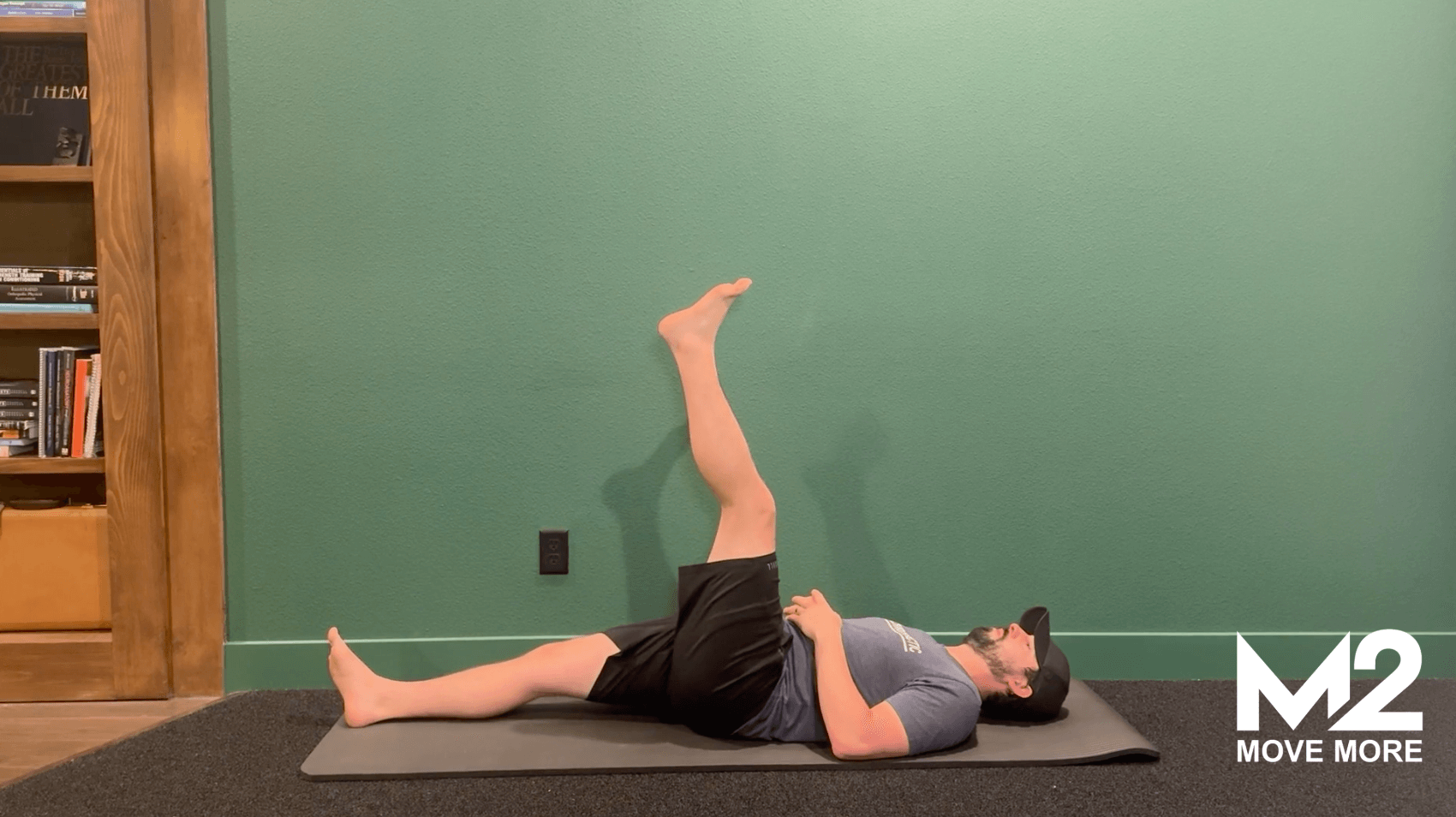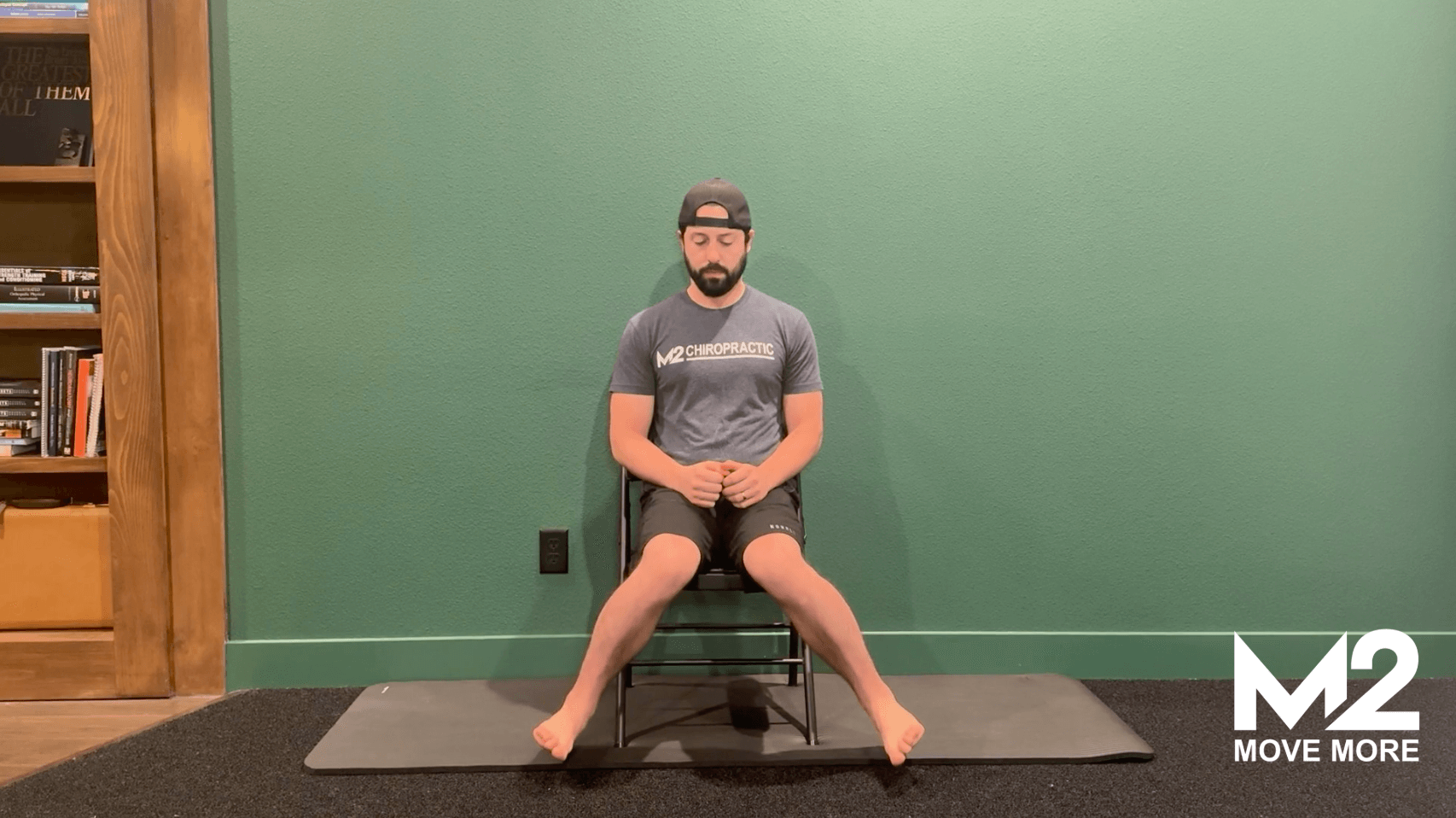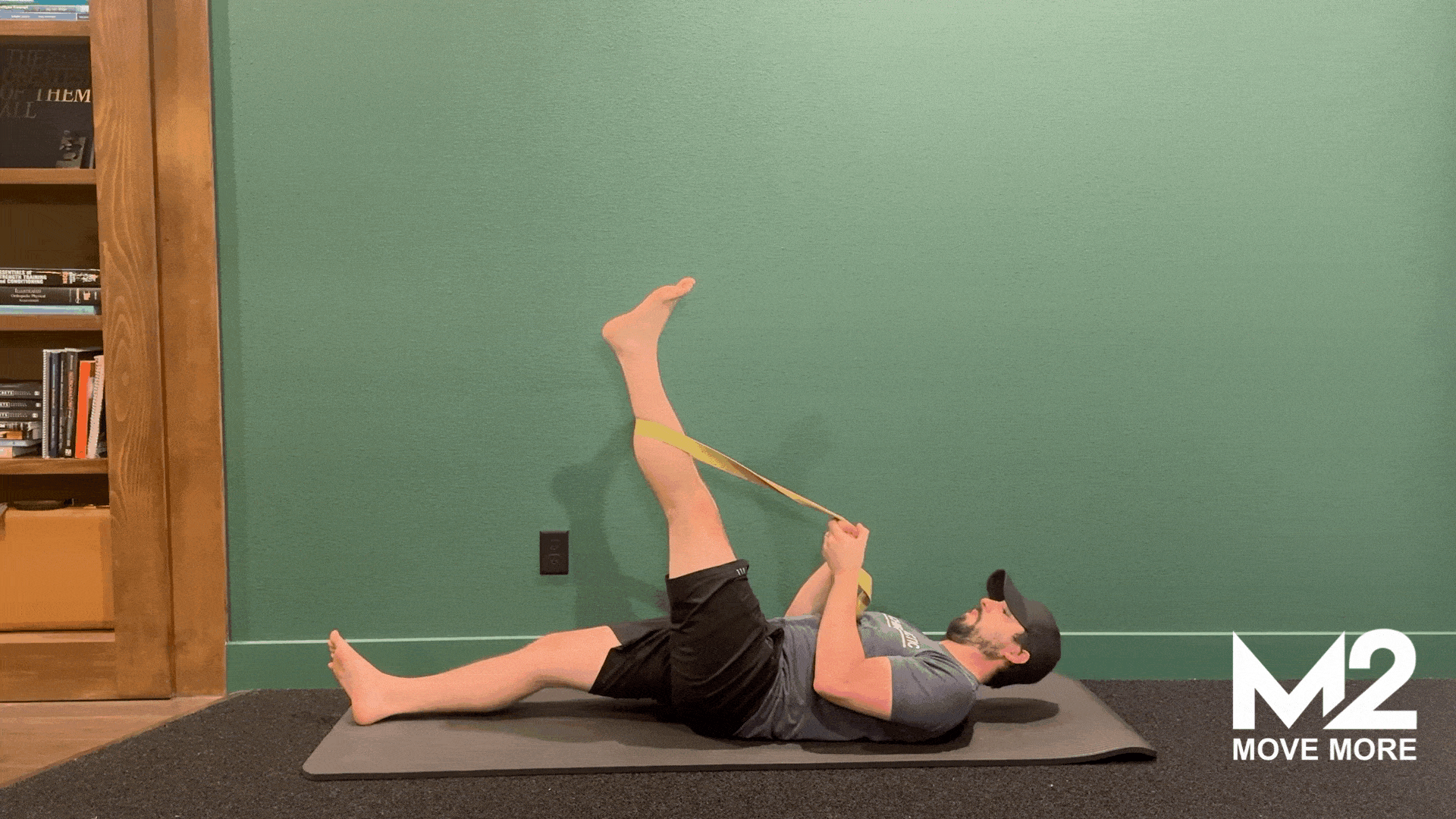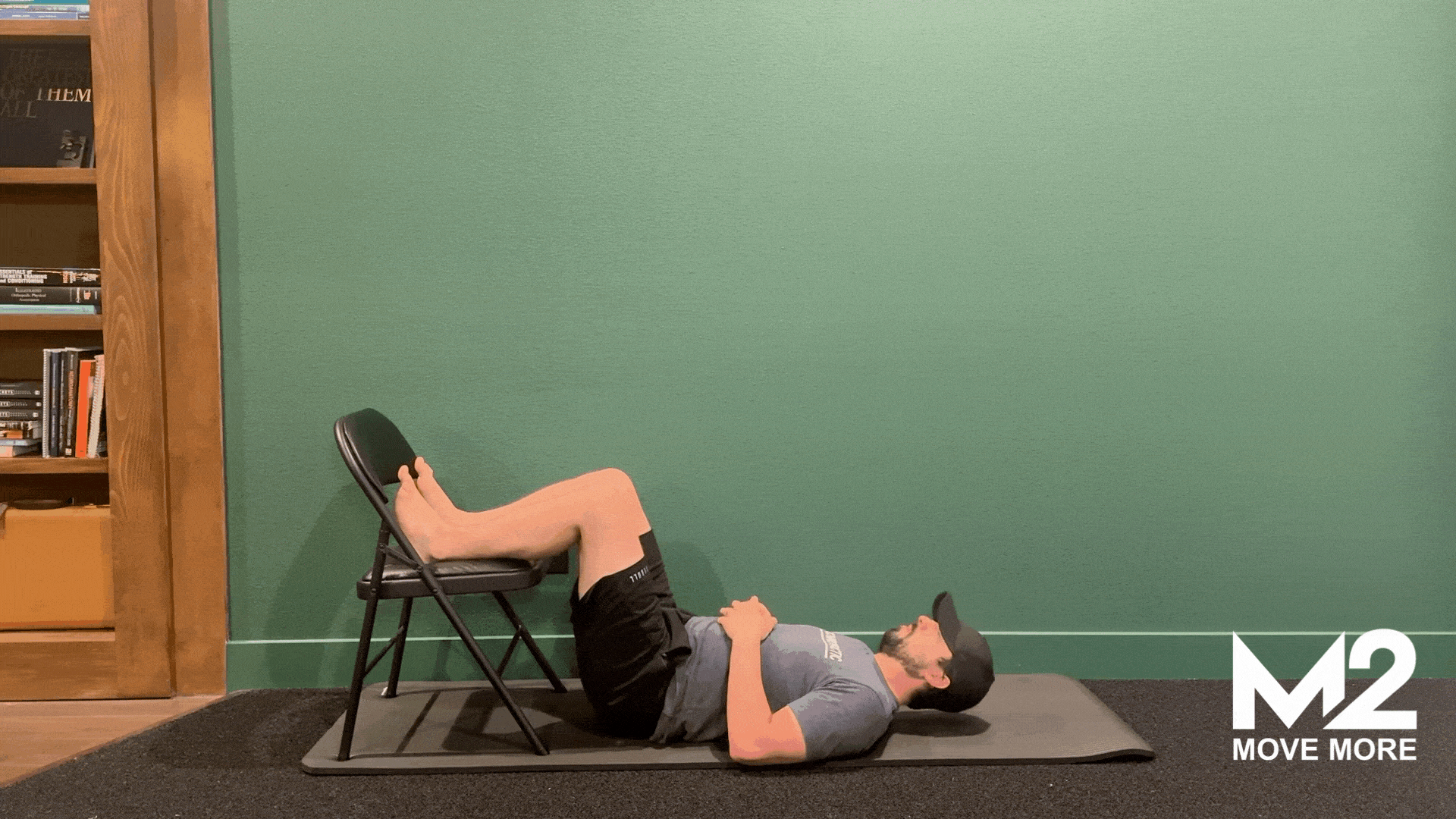- Move More Minute
- Posts
- How To Improve Mobility Fast
How To Improve Mobility Fast
Learn How I Help My Patients Improve Mobility Fast

🚨 Just opened: Move More: 1-on-1 Coaching (only 10 spots available)
I just opened enrollment for my 1-on-1 virtual coaching program and I’m only taking 10 people.
This is a personalized 3-month plan designed to help you move better, reduce pain, and stay active long-term. Built around your goals, your body, and your schedule.
If you’ve been dealing with nagging pain or want a real plan that get’s long term results, this is for you.
Read Time: ~4 minutes
Time to perform exercises: ~10 minutes
Hey there!
If you wish working on mobility didn’t take forever, you’re not alone.
Most people assume that if something feels tight, the only fix is weeks of stretching, foam rolling, or yoga.
But that’s not always true.
In fact, some tightness can start improving in just one session, if you know what your body actually needs.
Today we’re breaking down how you can find these tight areas and fix them fast.
Let’s get into it.
Not All Tightness Is the Same
There are really two kinds of “tightness” we deal with.
🧱 Mechanical tightness is the one most people expect.
It’s a real, physical restriction, like stiff muscles or tight fascia.
These take time and consistent stretching to improve. It can take weeks (sometimes months), but it works if you stick with it.
🧠 Neurologic tightness is different.
It’s not about your muscles being short. It’s your brain stepping in and saying,
“Hold on… I don’t feel safe here.”
This usually happens for one of three reasons:
The area (or surrounding area) isn’t stable enough
You’ve had pain there before
You just haven’t used that motion in a long time
The cool part? Once your brain feels safe, that tightness can disappear fast. Sometimes even in a single session.
In my clinical work, I’ve seen both patterns, and when you match the right input to the right problem, people move better and feel better quicker than you would expect.
Where Do We Get Neurologic Tension?
Neurologic tension occurs everywhere in the body in varying amounts. But the hips?
That’s where it shows up the most.
Here’s why:
We sit all day
We rarely explore our full range of motion
Our brain stops trusting key positions like hip flexion and internal rotation
So when we try to move into those positions again, the body fights back.
The result:
Tight hamstrings
Pinching at the front of the hip
Stiffness when rotating or pivoting
Compensation through the back and knees
How To Test Your Hip Mobility
Before you do the exercises, take 30 seconds to check your current mobility. These quick self-tests will help you feel the difference before and after each movement. You can take a before and after picture to really see the difference.

1. Straight Leg Raise Test
Lie flat on your back.
Lift one leg straight up while keeping the other leg flat on the floor.
Take note of how high the leg goes and whether it feels tight or shaky.
Our goal is to get the leg to ~90° (straight up in the air)

2. Hip Internal Rotation Test
Sit on a chair with knees bent.
Put your knees together and pull your feet apart.
Pay attention to how far they move, whether there’s resistance, or if you feel any pinching.
Our goal is ~45° for each hip
Don’t force anything. Just get a sense of your baseline.
You’ll re-test each one after the related exercise to track your progress.
How To Improve Hip Mobility Fast

1. Straight Leg Raise PAILs & RAILs
What it helps: Neurologic hamstring tightness
How to do it:
Lie on your back, stretch one leg up using a strap, your hands, or a door frame
Push your leg down into your hands/strap/doorframe for 10 seconds
Then try to lift your leg higher for 10 seconds using only your leg muscles (don’t use the strap to pull your leg closer)
Repeat 3x per side
✅ Now re-test your straight leg raise. Did it improve?

2. Hip Lifts
What it helps: Neurologic tension limiting hip rotation
How to do it:
Lie on your back with your hips at 90° and legs on a chair
Push your legs down into the chair with 8/10 intensity
Slowly let your hips come off the ground a few inches
Slowly lower yourself back down
Repeat 5 times
✅ Now re-test your hip internal rotation. Notice any change?
Make this a daily habit, and keep repeating each exercise until your “before” range is where you want it.
Use This Framework Anywhere
This approach isn’t just for hips. You can use it anywhere in the body.
PAILs & RAILs (pushing a stretched muscle for 10 seconds and pulling that muscle for 10 seconds) are one of the easiest ways to start.
They work for almost any range of motion you want to improve…hamstrings, shoulders, ankles, even your spine.
They retrain your nervous system, reinforce strength at end range, and build confidence in your movement.
There are other stability drills that can unlock mobility fast (like the hip lifts above). But the right one depends on how you move and what your body needs specifically.
Want A Personalized Plan For Your Problem?
If today’s newsletter hit close to home or if you have been struggling with pain/immobility and you’re ready to do something about it, the Move More: 1-on-1 may be for you.
My new 3-month coaching program, Move More: 1-on-1, is now open.
It’s for people who want expert guidance, accountability, and real progress, without the guesswork.
✔️ Custom workouts for your individual problem
✔️ Weekly check-in’s
✔️ Monthly zoom calls track progress
✔️ 24/7 direct access to me for support
Spots are limited so I can keep it truly personalized.
What’s Coming Next?
We’re skipping the voting this week because multiple readers asked me to cover the same topic, so that’s what we’re doing next Monday.
We’ll be diving into: How to improve your cervical curve.
We’ll break down what the curve actually does, how to assess it, and realistic ways to support or restore it over time.
P.S.: My 1-on-1 coaching program isn’t for everyone, but if you’re tired of trying to fix things on your own, I’m here to help. I’m only taking 10 people, and I’d love to work with you if you’re ready. Click Here To Apply
See you next week!

Dr. Matt Moreno, D.C., C.C.S.P.®
The Move More Minute
When you’re ready, here’s how I can help:
Move More: 1-on-1 – 3 month coaching program with me to help you move better and feel better long term. Learn More Here
Free Resources – Check out our guides, protocols, and soft tissue tools.
Here is the latest guide: How To Get Out Of Pain
What did you think of today's newsletter? |
Disclaimer: The information provided in this newsletter is for educational and informational purposes only and is not intended as a substitute for professional medical advice, diagnosis, or treatment. Always seek the advice of your physician, chiropractor, or other qualified healthcare provider with any questions you may have regarding a medical condition or before starting any new exercise program.
The exercises and suggestions provided are general recommendations and may not be suitable for everyone. If you experience pain, discomfort, or any concerning symptoms while performing these exercises (such as numbness, dizziness, or increased pain), stop immediately and consult a qualified healthcare professional.
Do not disregard professional medical advice or delay seeking it because of something you have read in this newsletter. The author, Move More Minute, and its affiliates assume no responsibility for injuries or issues that may arise from following the recommendations provided. By engaging with this content, you agree to do so at your own risk.
For personalized care or specific advice, please schedule an appointment with a qualified professional.